
Rendel: Cycle of Revenge US rights has been acquired by Shout! Factory. A new trailer for the Finnish superhero film…



The film industry has a considerable carbon footprint, which comes, according to experts, especially from traveling around the world, generators and strong lighting. In addition, decentralization of production steps creates emissions. Pre-production, production and post-production of big-budget movies and television shows are done in multiple locations.
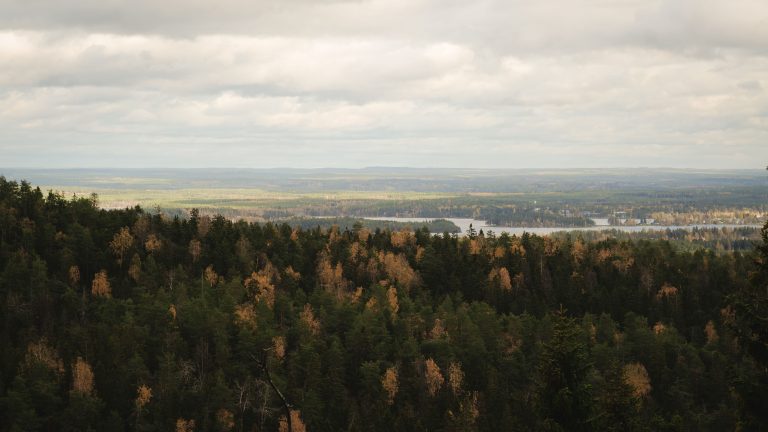
Mon Oct 17th, 2022, 12:16PM
Even seemingly small things cause surprising emissions. Usually, several copies of scripts are printed on paper, ready-made meals and drinks in plastic packages are used to keep actors and film crews fed and hydrated, and props and costumes made or acquired for productions are often thrown away after use.
The production team can influence many aspects in order to act with the environment in mind, such as the use of printing paper, but not all decisions and choices can be influenced by themselves. In the words of Finnish APFI ry’s sustainable development project manager Anne Puolanne, “it is not the producer’s responsibility to change the way Finnish forestry works”. According to her, it is also clear that emissions will inevitably occur, but production companies can try to compensate for them in different ways.
Work load is distributed
Sean Cubitt, professor of film studies at the University of Melbourne, told The New York Times in his interview in August 2022 that very often the virtual sets of large productions are built in one country, the effects are designed in another and the editing is done in a third. As a result, environmental costs are incurred in multiple locations, making sustainability a much more complex goal for manufacturing companies.
According to Professor Cubitt, the film industry is a huge polluter especially because of the media servers used by streaming services, which according to him are already responsible for approximately as much carbon dioxide emissions as air travel before the Covid19 pandemic.
Sustainability and common standards
One after another, the big studios have recognized the negative effects of their productions on our planet and are working to reduce their emissions. For example, in the production of Sony Pictures’ The Amazing Spider-Man 2, an estimated $400,000 was saved by operating in a sustainable manner. Thanks to this, the film in question was the most environmentally friendly and financially successful film in the history of Sony Pictures.
Studios and major organizations in the film industry, such as BAFTA in the UK and the Production Guild of America in the US, are now developing certifications and offering green production guidance tools to ensure that all studios have the opportunity to create positive environmental change.
Sony Pictures began its own actions for the climate in 2009, when it committed to planting one tree for every day of production in any city where the production was filmed. Sony Pictures was also the first major studio to be awarded ISO 14001 certification. It is an environmental management certificate, which is the world’s best-known environmental management system model.
Emissions of the streaming services
Netflix, the popular streaming service, has set its own emission targets. The company’s carbon footprint was around one million tons in 2020. Netflix is facing a big challenge as it tries to achieve carbon neutrality by the end of 2022. The company intends to reduce carbon dioxide emissions and achieve carbon neutrality from all greenhouse gas emissions by removing as much greenhouse gases from the atmosphere as the company releases into the atmosphere.
Netflix says that about half of its carbon footprint is in the physical production of its streaming services. The next largest share is emissions from business activities and purchased goods, about 45%. According to the company, emissions from the use of cloud service providers, such as Amazon Web Services and the Open Connect content distribution network, are around 5%.
Kajawood Studios takes the carbon footprint into account in all operations
The Sotkamo-based production company Kajawood Studios has taken into account the carbon footprint of its operations from the beginning. The company also commits to the UN Paris Agreement. The location of the studio creates a great strength: low logistical emissions. For example, during the construction phase, timber is obtained from nearby. In addition, it is worth noting that 95% of the carbon emissions generated from its VFX calculation services are used for heating the property.
The company tries to minimize the use of single-use containers, and the mandatory garbage generated in production does not end up in nature or the sea, because waste recycling is at the top level in Finland. Sets and costumes are also recycled where possible in different productions.
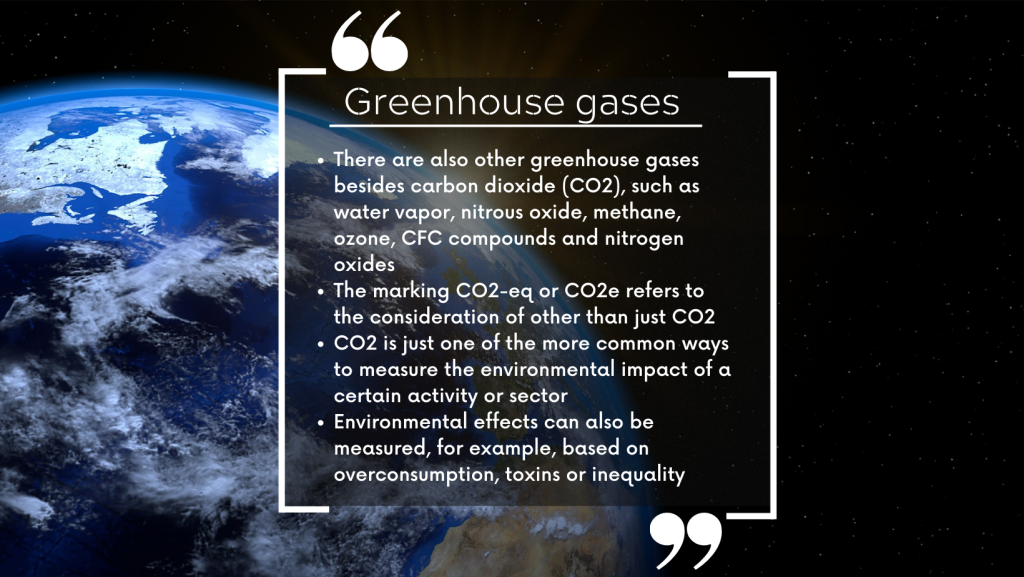
The “albert” is being piloted in Finland
The international environmental sustainability project in the film industry developed by the non-profit BAFTA is known as “albert”, which is already widely used in Great Britain and to some extent in other parts of Europe.
“Albert” and its carbon footprint counter are currently being piloted in the domestic automotive field. In Finland, “albert’s” operations are centralized under APFI ry. So far, there are not many facts available about the emissions of Finnish productions. The size and quality of Finnish automotive emissions as a whole is APFI ry according to sustainable development project manager Anne Puolanne, the local industry is like a black hole, because there hasn’t been a way to calculate the emissions before this. Only some of the domestic production companies say that responsibility is one of their basic values, so there is room for improvement in both communication and concrete actions.
APFI ry also organizes free courses for studios and producers. The use of “Albert” is free for production companies, which further encourages consideration of environmental sustainability in the planning and implementation of production projects. Even though the emissions of Finnish productions are comparatively small compared to international productions, this does not eliminate our shared responsibility.
The quotes of APFI ry’s Anne Puolanne are from the albert training organized on Wednesday, October 5, 2022. She has not been exclusively interviewed for this article.

Rendel: Cycle of Revenge US rights has been acquired by Shout! Factory. A new trailer for the Finnish superhero film…
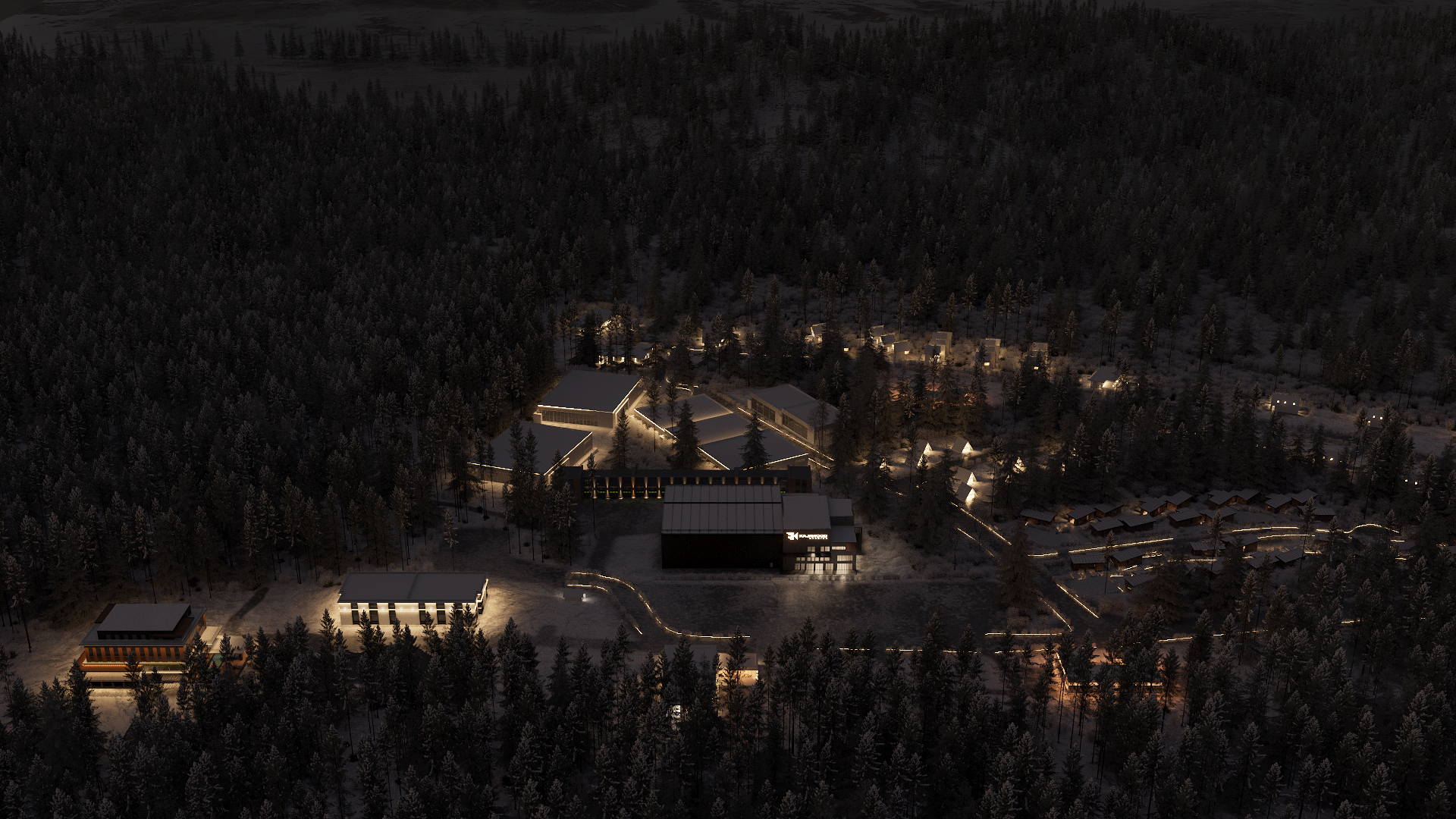
Kajawood Studios ja vihreän teknologian start-up-yritys Kuulea ovat sopineet merkittävästä yhteistyöstä.

Kajawood Studios ja vihreän teknologian start-up-yritys Kuulea ovat sopineet merkittävästä yhteistyöstä.
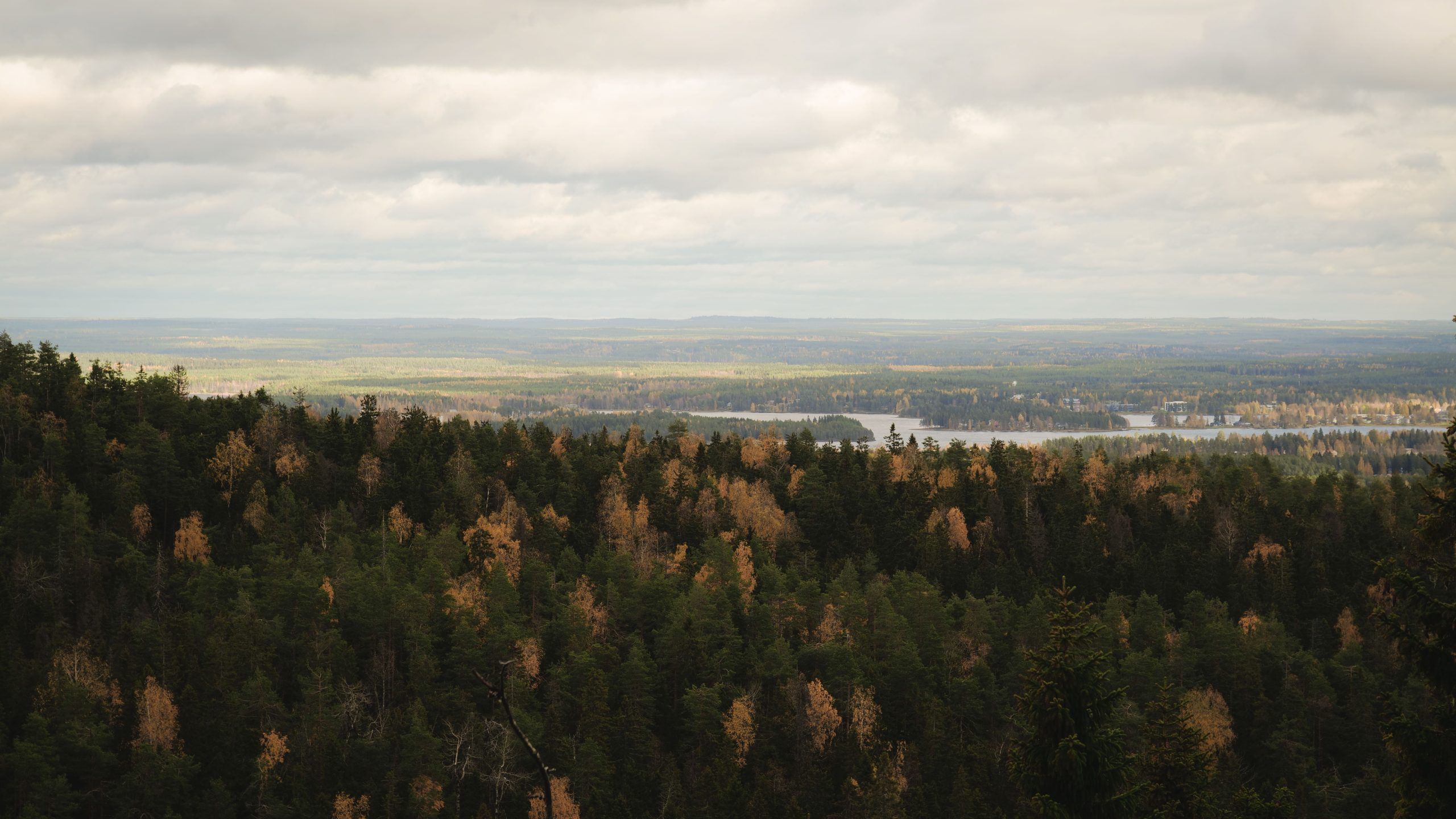
The Kajawood film studio and a green technology start-up Kuulea have agreed to collaborate. Kuulea supplies the film studio with…
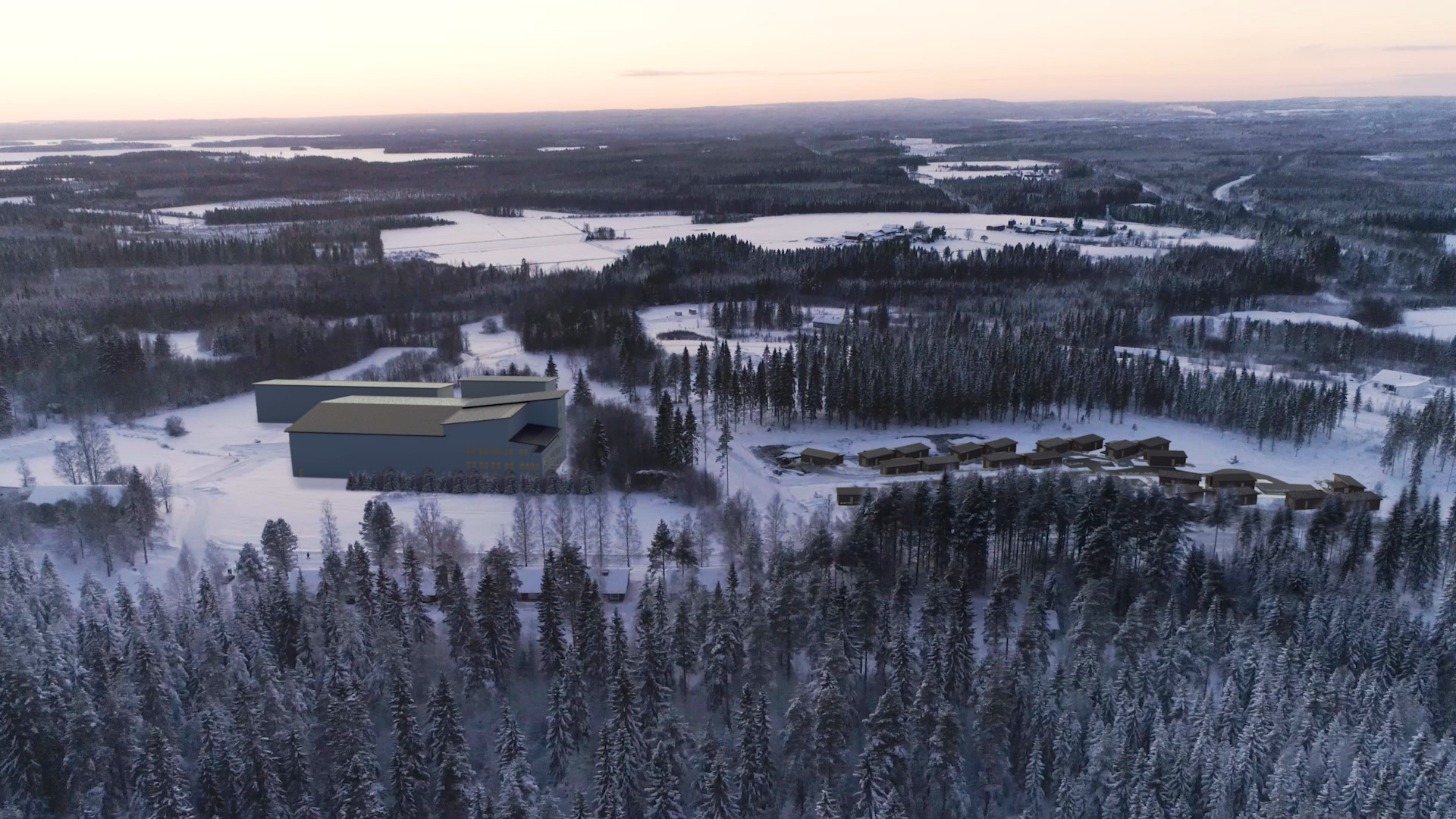
A concept State-of-the-art film studio will open early 2023 in Sotkamo, Kainuu region, Finland.

Kajawood Studios will be the home of the ‘KARL’ project for all pre/post production as well as indoor sets. The…